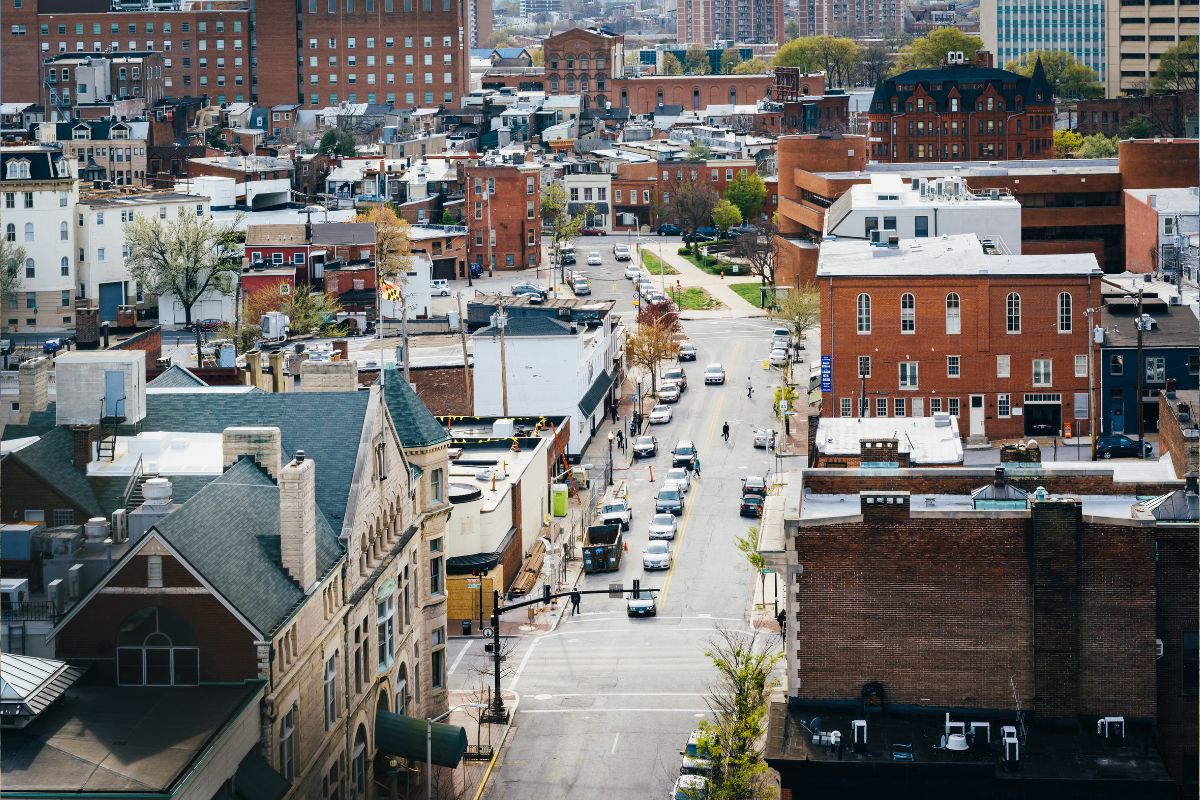Living or traveling safely is a major concern for many people, especially in cities with high crime rates. Understanding these challenges is crucial for residents and visitors alike. By examining data from reliable sources, such as PropertyClub NYC and CBS News, we can gain insights into the Most Dangerous Cities in the US.

Top Most Dangerous Cities in the US: Insights, Crime Stats, and Solutions
Unveiling America’s Most Dangerous Cities in the US: Crime Trends and Solutions
Some American cities, like St. Louis, Detroit, and Baltimore, have alarmingly high rates of violent and property crimes. Each city faces unique challenges, from drug trafficking in Tucson to gang violence in Chicago. Poverty, unemployment, and drug addiction often contribute to these high crime rates.
To identify the Most Dangerous Cities in the US, we look at criteria such as violent crime rates, property crime rates, and total crime rates per 100,000 inhabitants. Based on this, cities like St. Louis, Detroit, and Baltimore top the list. Factors contributing to crime vary from economic disparities to drug-related issues.
In cities like Tucson, proximity to the U.S.-Mexico border contributes to challenges like drug trafficking. Community policing efforts and enhanced border security measures aim to address these issues. Similarly, in Las Vegas, tourism and economic disparities play a role in crime rates, leading to increased security measures and public awareness campaigns.
READ ALSO: Most Dangerous Cities In Mexico Unveiled: Exploring Beauty Amidst Safety Concerns
Addressing Crime in Major US Cities: Solutions and Strategies for Safer Communities
Metropolitan areas such as Seattle and New York City are contending with economic struggles, homelessness, and issues related to substance abuse. Nevertheless, they are actively deploying strategies like community involvement initiatives, heightened police presence, and social welfare programs to tackle crime and address its underlying causes.
Similarly, in cities like San Francisco and Indianapolis, crime rates are influenced by economic disparities and drug dependency. To address these challenges, community outreach efforts, social assistance programs, and endeavors for economic advancement are being pursued to diminish crime and offer support to vulnerable populations.
In essence, recognizing the various factors contributing to crime in these urban centers is crucial for implementing effective solutions. Whether through community policing or economic interventions, prioritizing the addressing of root causes is fundamental to establishing safer environments for both residents and visitors.




![Tyson Foods Plant [Photo: Food Manufacturing]](https://southarkansassun.com/wp-content/uploads/2023/08/iStock_1185520857__1_.5e441daa51cca-600x337.jpg)








![Silverado Senior Living Management Inc. [Photo: Los Angeles Times]](https://southarkansassun.com/wp-content/uploads/2023/10/download-6-4-600x337.jpg)

![China's Wuhan Institute of Virology [Photo: Nature]](https://southarkansassun.com/wp-content/uploads/2023/09/d41586-021-01529-3_19239608-600x337.jpg)















